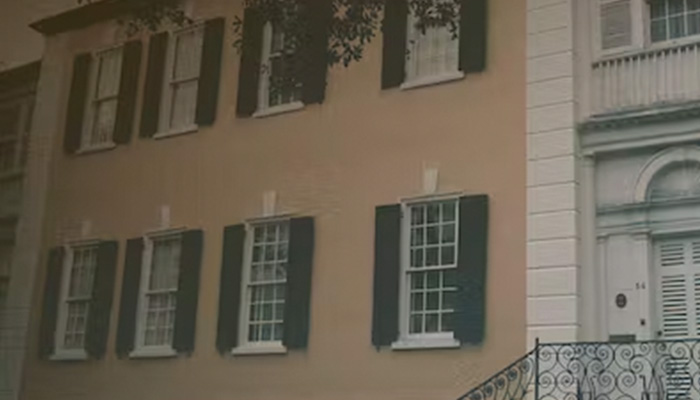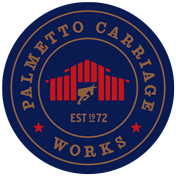The Sights Of Charleston
William Rhett House Palmetto Carriage Works

The William Rhett House is considered one of the oldest houses in historic Charleston and was one of the first of its kind to be restored back to its original grandeur. There have been a few changes and additions to the home over the years but otherwise it is the perfect picture of an 18th century home in Charleston, South Carolina.
William Rhett came to Charleston in 1698 where he quickly rose in the ranks as a colonial militia leader. He was a successful merchant and sea captain who is most famously known for his participation in the capture of the pirate Stede Bonnet in 1718.
The two storied stuccoed brick home on 54 Hassell Street in Charleston was built by William Rhett in 1712. Its square shape was characteristic of homes during that time. The home includes a central hall with two large rooms on both the west and east sides. In the early 19th century, an addition was built on the northwest side of the house and piazzas were added to both the west and east sides of the house which are still in use as entrances today.
When the house was first built, it existed outside the city limits on property that was once named Point Plantation and was later named Rhettsbury .The property was later subdivided for the granddaughters of William Rhett. In time, the home was purchased by a wealthy wharf owner. His grandson, Wade Hampton III, US Senator and Governor of South Carolina, was born there.
As the neighborhood declined, the home spent some time as a boarding house in the 1920s and 1930s before it was purchased in 1941 and restored. Today it is still a private residence, is listed on the National Register of Historic Places, and is one of the many charming historic sites you will see on the Palmetto Carriage Tour.
